“Revolutionizing the AI Revolution: Where Emotion Meets Intelligence”
Imagine a world where your virtual assistant can grasp the nuances of human emotion, empathize with your struggles, and offer tailored advice that’s as insightful as it is compassionate. That world is closer than you think, thanks to a groundbreaking collaboration between NVIDIA and its partners. In a groundbreaking initiative, “Talk to Me,” these innovators are revolutionizing the field of AI by equipping agents with the people skills and business acumen they need to truly connect with humans.
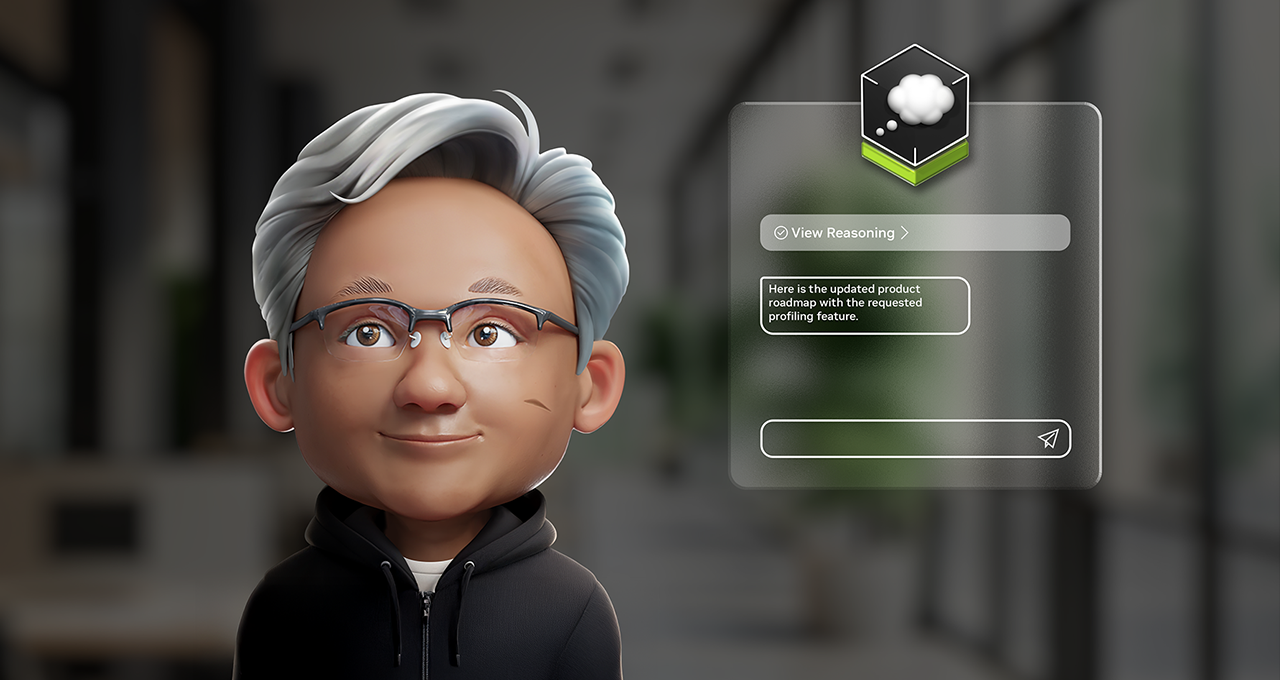
Talk to Me: NVIDIA and Partners Boost People Skills and Business Smarts for AI Agents
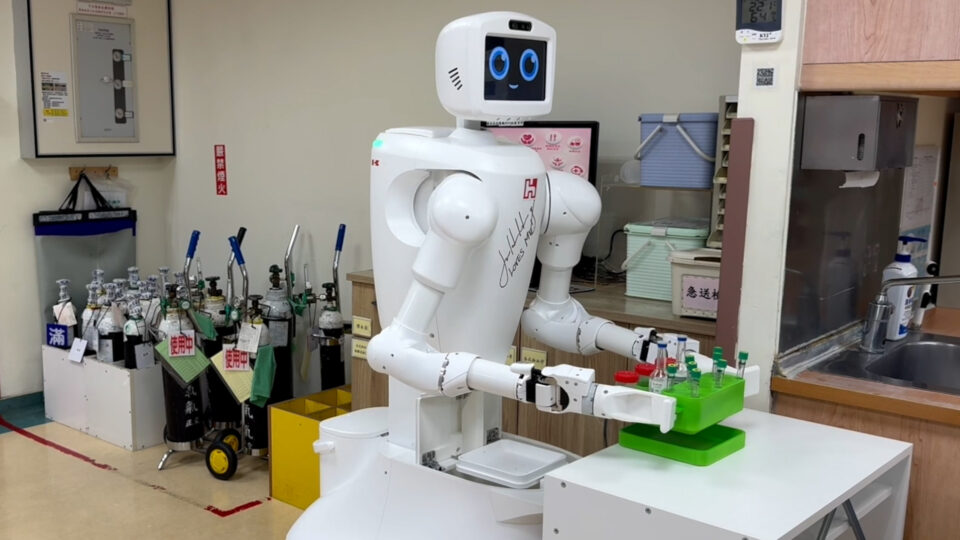
NVIDIA and its partners are revolutionizing the way businesses interact with their customers, employees, and partners through the use of AI agents. These agents are designed to provide personalized experiences, improve customer service, and boost productivity in the workplace.

Personalized Experiences: Tailoring Interactions to User Needs
NVIDIA’s AI agents are equipped with the ability to understand and respond to natural language, allowing them to provide tailored interactions with users. This is achieved through the use of AI-powered chatbots, virtual assistants, and other conversational interfaces.
The benefits of personalized experiences are numerous, including increased customer satisfaction, improved brand loyalty, and enhanced employee engagement. By tailoring interactions to user needs, businesses can create a more human-like experience that builds trust and rapport with their customers and employees.

Real-World Examples: From Fashion Retail to Customer Service
There are numerous real-world examples of NVIDIA’s AI agents in action. One such example is the COACH Play store in Harajuku, Tokyo, where a virtual human stylist named imma provides personalized styling advice to customers through natural, real-time conversation.
Another example is the Royal Bank of Canada’s AI agent avatar, Jessica, which assists employees in completing tasks and answering questions. These AI agents are designed to learn and improve over time, providing a more accurate and helpful experience for users.
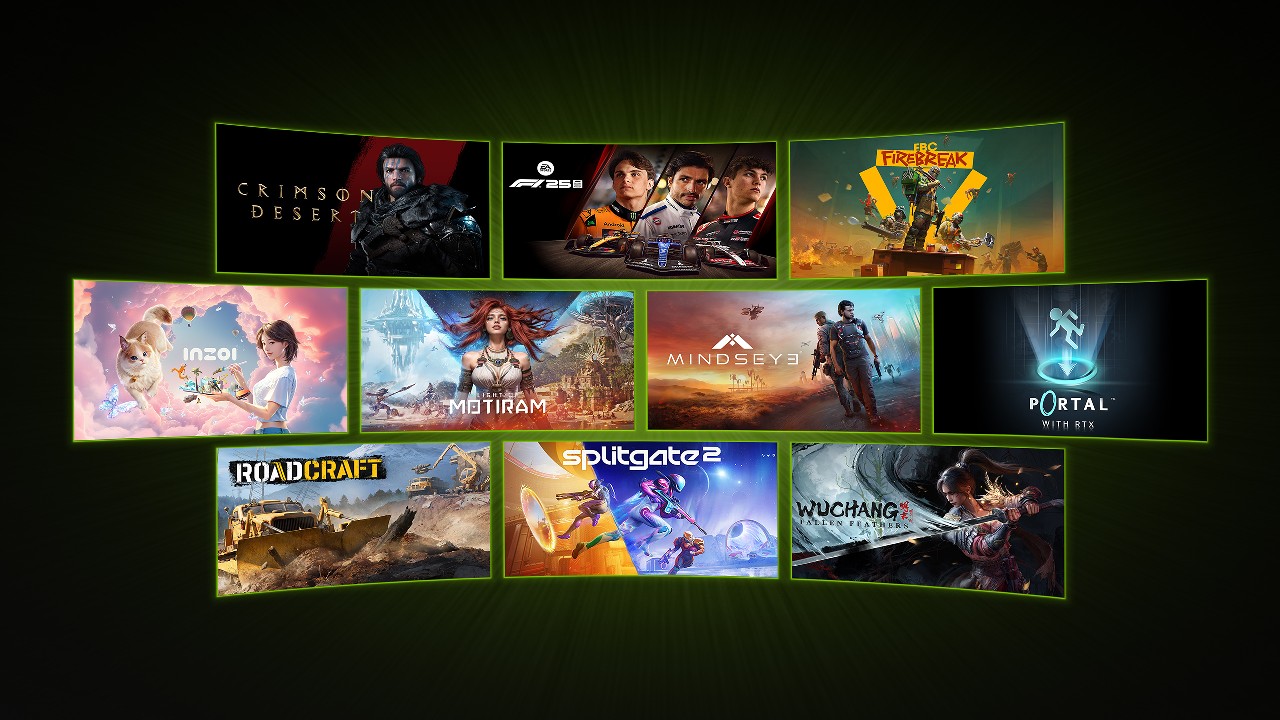
AI-Q: Infusing Agents with Knowledge and Reasoning Power
NVIDIA’s AI-Q blueprint is designed to infuse AI agents with knowledge and reasoning power, enabling them to provide more accurate and helpful responses to users. This is achieved through the use of data-driven insights and adaptive learning.
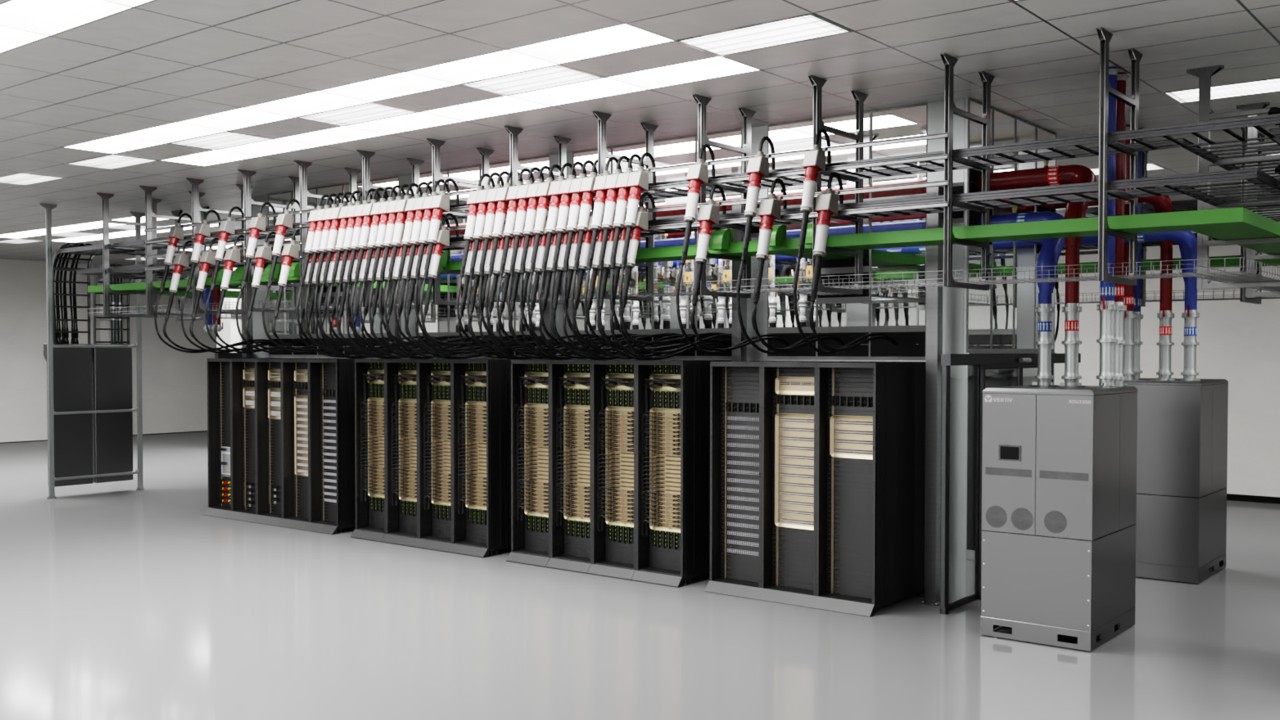
Data-Driven Insights: Querying Multiple Data Sources for Intelligent Responses
The AI-Q blueprint uses retrieval-augmented generation and NVIDIA NeMo Retriever microservices to access multiple data sources and provide intelligent responses to users. This allows AI agents to learn and improve over time, providing a more accurate and helpful experience for users.
The benefits of data-driven insights are numerous, including improved accuracy, faster response times, and enhanced user experience. By querying multiple data sources, AI agents can provide more informed and helpful responses to users, leading to increased customer satisfaction and brand loyalty.
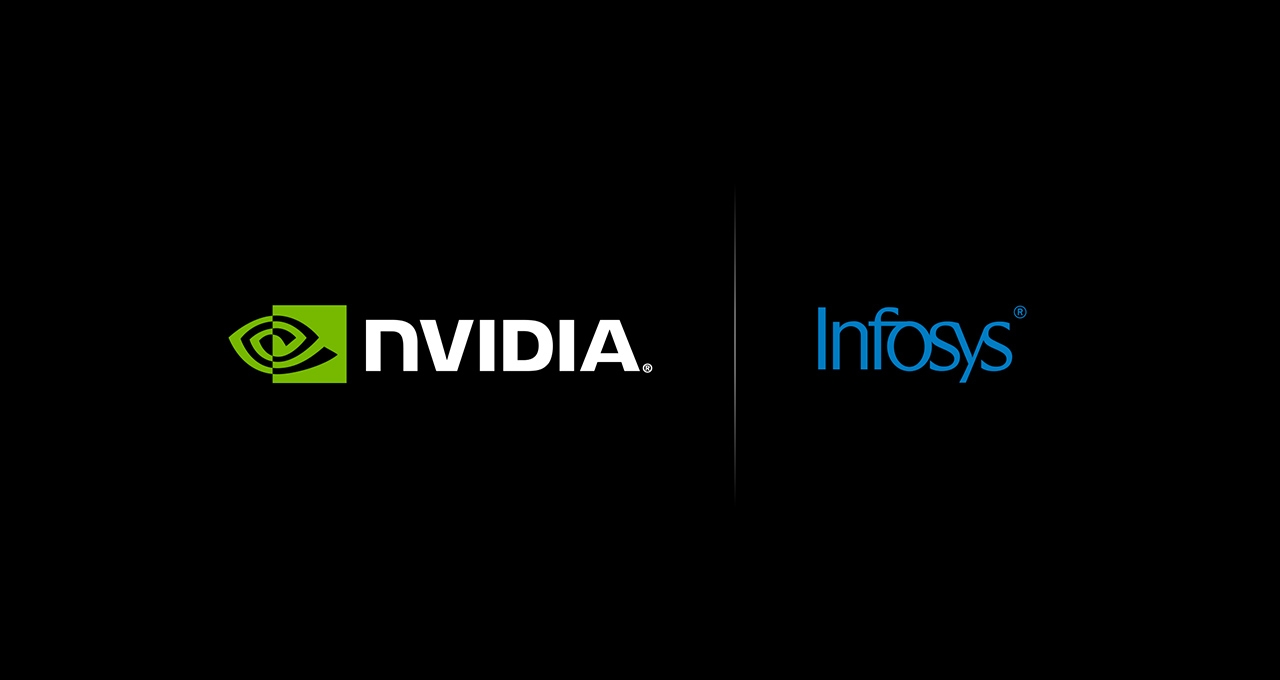
Adaptive Learning: AI Agents That Continuously Improve and Evolve
NVIDIA’s AI-Q blueprint is designed to enable AI agents to learn and improve over time, providing a more accurate and helpful experience for users. This is achieved through the use of adaptive learning algorithms and machine learning models.
The benefits of adaptive learning are numerous, including improved accuracy, faster response times, and enhanced user experience. By continuously learning and improving, AI agents can provide more informed and helpful responses to users, leading to increased customer satisfaction and brand loyalty.

Unlocking New Possibilities: Applications Across Industries
NVIDIA’s AI-Q blueprint has far-reaching implications across various industries, including healthcare, finance, retail, and education. By infusing AI agents with knowledge and reasoning power, businesses can unlock new possibilities for customer engagement, employee productivity, and operational efficiency.
The benefits of AI-Q are numerous, including improved accuracy, faster response times, and enhanced user experience. By unlocking new possibilities across industries, businesses can stay ahead of the competition and drive growth and innovation.
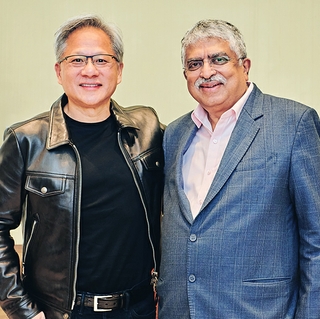
NVIDIA’s Partner Ecosystem: Driving AI Adoption and Development
NVIDIA’s partner ecosystem is a key driver of AI adoption and development, providing businesses with the tools and resources they need to succeed in the AI landscape.
Unlocking Synergies: Combining Strengths for Enhanced AI Solutions
NVIDIA’s partner ecosystem is designed to unlock synergies between its partners, combining their strengths to create enhanced AI solutions. This allows businesses to benefit from the expertise and resources of multiple partners, providing a more comprehensive and effective AI solution.
The benefits of unlocking synergies are numerous, including improved accuracy, faster response times, and enhanced user experience. By combining strengths, businesses can create a more robust and effective AI solution that meets their unique needs and requirements.
Real-World Applications: Case Studies of Successful AI Implementations
There are numerous real-world applications of NVIDIA’s partner ecosystem, including case studies of successful AI implementations. One such example is the COACH Play store in Harajuku, Tokyo, where a virtual human stylist named imma provides personalized styling advice to customers through natural, real-time conversation.
Another example is the Royal Bank of Canada’s AI agent avatar, Jessica, which assists employees in completing tasks and answering questions. These AI agents are designed to learn and improve over time, providing a more accurate and helpful experience for users.
Investing in the Future: Supporting the Growth of the AI Industry
NVIDIA is committed to investing in the future of the AI industry, supporting the growth and development of businesses and organizations that are driving innovation and progress in the field.
The benefits of investing in the future are numerous, including improved accuracy, faster response times, and enhanced user experience. By supporting the growth of the AI industry, businesses can stay ahead of the competition and drive growth and innovation.
Implications for Gamers: The Intersection of AI and Gaming
The intersection of AI and gaming has far-reaching implications for gamers, providing new and innovative ways to enhance the gaming experience.
Enhanced Immersion: AI-Powered NPCs and Dynamic Worlds
AI-powered NPCs (non-player characters) and dynamic worlds are revolutionizing the gaming experience, providing a more immersive and engaging experience for gamers. By using AI to create more realistic and responsive characters, games can create a more believable and interactive world that draws players in and keeps them engaged.
The benefits of AI-powered NPCs and dynamic worlds are numerous, including improved immersion, increased engagement, and enhanced replay value. By using AI to create more realistic and responsive characters, games can create a more believable and interactive world that meets the needs and expectations of modern gamers.
Personalized Gameplay: Adaptive Difficulty and Tailored Experiences
AI-powered adaptive difficulty and tailored experiences are providing gamers with a more personalized and engaging experience. By using AI to analyze player behavior and preferences, games can adjust the level of difficulty and tailor the experience to meet the needs and expectations of individual players.
The benefits of AI-powered adaptive difficulty and tailored experiences are numerous, including improved engagement, increased replay value, and enhanced player satisfaction. By using AI to create a more personalized and engaging experience, games can meet the needs and expectations of modern gamers and provide a more enjoyable and rewarding experience.
The Potential for Innovation: New Genres and Gameplay Mechanics
The intersection of AI and gaming has the potential to revolutionize the industry, providing new and innovative ways to create and play games. By using AI to create more realistic and responsive characters, games can create new genres and gameplay mechanics that meet the needs and expectations of modern gamers.
The benefits of AI-powered innovation are numerous, including improved engagement, increased replay value, and enhanced player satisfaction. By using AI to create new and innovative games, developers can meet the needs and expectations of modern gamers and provide a more enjoyable and rewarding experience.
Conclusion
In conclusion, the article “Talk to Me: NVIDIA and Partners Boost People Skills and Business Smarts for AI Agents – NVIDIA Blog” presented a comprehensive overview of the collaborative efforts between NVIDIA and its partners to enhance the conversational abilities of AI agents. The key points highlighted the significance of developing more human-like and contextually aware AI interactions, leveraging cutting-edge technologies such as natural language processing (NLP), computer vision, and multimodal fusion. The article also showcased the critical role of data diversity, annotations, and fine-tuning in refining AI models to better understand human behavior and nuances.
The implications of this research are far-reaching, with potential applications in various industries, including customer service, healthcare, education, and beyond. By developing AI agents that can engage in more natural and empathetic conversations, businesses and organizations can improve customer satisfaction, enhance employee productivity, and drive innovation. Furthermore, the advancements in AI-human interaction have the potential to revolutionize the way we interact with technology, making it more intuitive, accessible, and emotionally resonant.
As we look to the future, it’s clear that the intersection of AI, NLP, and human-computer interaction will continue to shape the landscape of technology and society. The possibilities are vast, and the potential for positive impact is immense. As we continue to push the boundaries of what’s possible, we must also consider the ethics and responsibilities that come with creating increasingly sophisticated AI agents. The question remains: what kind of future do we want to create with AI? One that amplifies our humanity, or one that replaces it? The choice is ours, and the future is now.